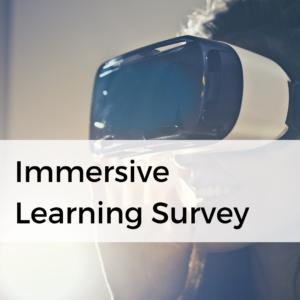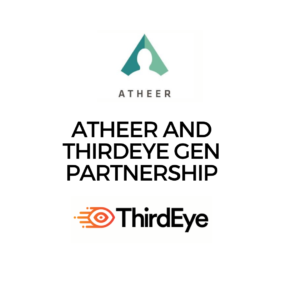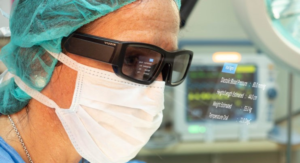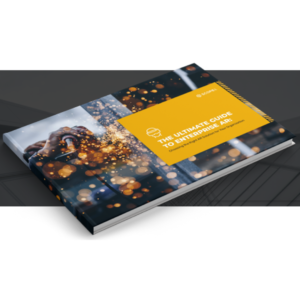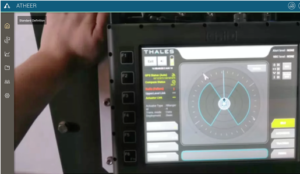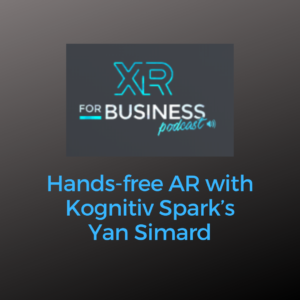At the company’s Belfast facilities, that innovation has been very much in evidence over the last several years as Thales has built on the strong foundation of its experience in advanced weapons systems (including lightweight, precision strike multirole missiles)
Thales’s UK Land & Air Systems Country Business Unit (CBU) addresses the needs of land, naval and air forces involved in conventional and asymmetric operations, including mounted and dismounted close combat, patrols, reconnaissance and counter-IED – to be their customers’ choice for mission critical information, services and products that protect, defend & save lives.
Thales Moves into Services
It is against the background of this kind of innovation that Belfast-based Thales Service Innovation Lead David Oliveira approached a new opportunity for his team. He said that although the company is well-known for the precision equipment it produces, Thales is also seeing rising revenues from its services business, and that’s where he saw an opening for further innovation.
“Our ambition to increase our services business revenue, partly relies on a digital transformation.” he explained. “Using Digital technologies to break down barriers between Industry – Customer – User whilst delivering our services at the heart of our customer’s operation, providing great user experience is key to success.”
One of the innovations that David’s team decided to focus on was remote assistance, resulting in Thales deciding to explore Augmented Reality (AR) to better support customers and Thales employees in the field. One of the first use case that arose in this exploration was finding better ways to support remote customers in South East Asia, being able to be reactive and avoid incurring the time and expense of flying a Field Service Engineer in from Belfast.
“We wanted to understand how we could deliver the expertise our customers require in an efficient way,” said David Oliveira. “We knew we wanted to look at remote assistance tools – so we started on the business case selecting a test use case, mapping our customer’s journey for technical support. This confirmed the validity of the use case and started a pilot phase.”
To explore AR, Thales selected the Atheer AR Management Platform and the RealWear HMT-1 to provide “see what I see” video calling, hands-free work and the capability to offer digital delivery of work instructions in a user’s field of vision.
He said the investment has already paid for itself in the travel costs saved. He gave as an example a case where Thales had some equipment requiring technical support in a remote location – and the work was complex enough that Thales would typically have had to fly someone out to understand and fix the issue.
Instead, using the Atheer platform, a member of the Thales team onsite was able to make a video call from their RealWear HMT-1 to a Thales expert in Belfast, who was able to provide the necessary support within 45 minutes. “Straight away, we had return on investment,” said David Oliveira.
Thales is now working to expand the way in which it uses the Atheer platform by creating work instructions to cover a number of the most common service issues team members face in the field as well as moving the remote assistance from pilot phase to production.
Read Atheer’s member profile
